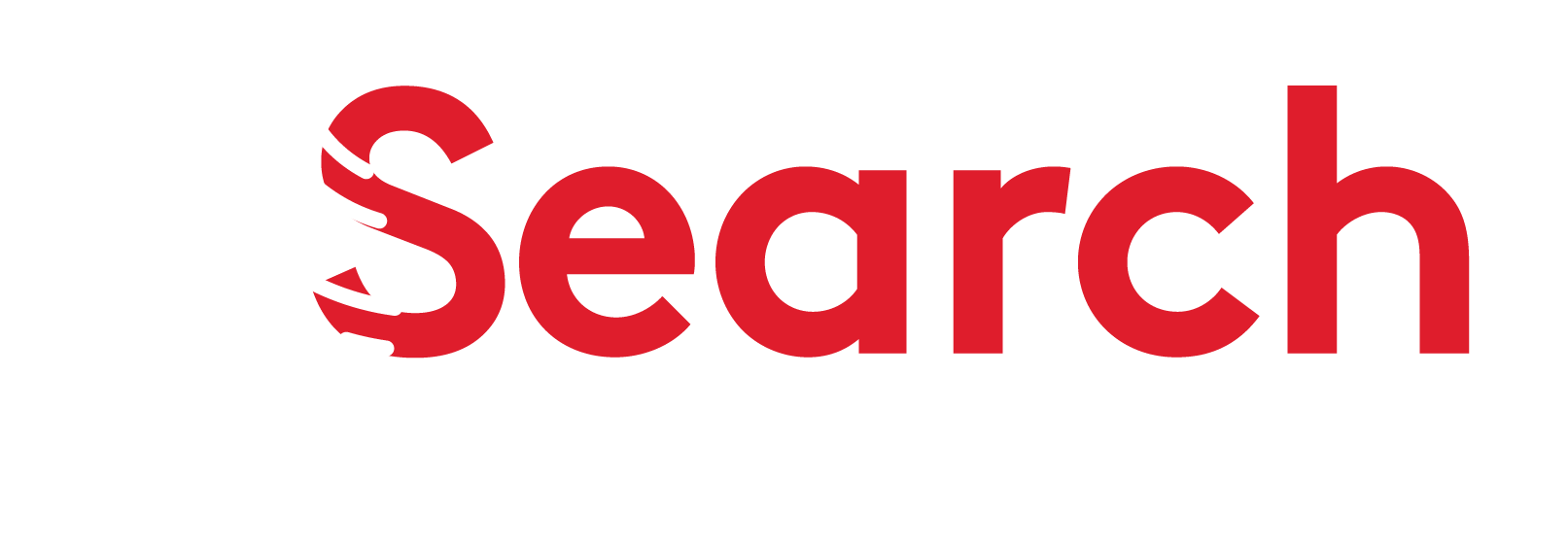Perhaps the first thing I want to highlight in this article is the change that has happened in recent years in a key area in human resources management within organizations: the processes of attracting talent. It is no coincidence that it has come to be called that way and not recruitment and selection, as some people know it.
And it is because this change goes beyond semantics, it has to do with the way in which the role of human beings in organizations is perceived. Let us start by understanding what the concept of “employer branding” is. It refers to the value proposition made to the employees; that is, companies have to answer a basic question: What are we committing to?
Just as when launching a product or service companies talk about the “Customer Journey” and the “Customer Experience”, in the processes of attracting talent, we talk about the “Candidate Journey” and the “Candidate Experience”. This involves placing the candidate at the center of the experience and as the protagonist of the process. The power is no longer the company’s but the candidate’s, seeking better opportunities from a perspective of greater awareness, information and decision-making power.
Social media has become a channel through which companies can enhance their employer brand; however, they are also a double-edged sword since they democratize the possibility that those looking for work can enhance or detract from it. Likewise, those who work at the company and those who are no longer able to play those same roles may play the roles of brand ambassadors or deserters.
The so-called talent shortage affects many sectors. Together with the phenomenon that has been called “The Great Resignation”, has forced companies to question whether their talent attraction processes have become a bottleneck regarding their ability to count on the right person for the role -or if they are free of any type of discrimination, helping to enhance the already existing diversity.
Diversity is a reality; inclusion is a decision. To say that we are a diverse company is a pleonasm since diversity is inherent to humanity. What we must question is how we manage this diversity from a humanist, ethical perspective while using human rights as a compass.
When talking about inclusion in talent attraction processes we must ask ourselves several questions: Whom do I want to include? Is this group in a vulnerable situation strategic for the sustainability of my business?
To answer the first question, it is important to clarify that it is not about including for the sake of including, but about including those people that I can develop within the organization. Otherwise, we become the phenomenon that I have called “Abortive Organizational Culture”, which is known for attracting but also for expelling, thus being unable to sustain, nurture, and enhance the talent of people who have not been accepted by the organization.
Which group in a vulnerable situation do I want to include because it is strategic for the sustainability of my business? Answering this question involves identifying what my company's the positive and negative impacts are, who my stakeholders are, and how I should link with them. stakeholders y cómo debo vincularme con estos.
By groups in a vulnerable situation I mean people to whom we owe a historical debt: women, Indigenous people, people of African descent, people in a situation of socioeconomic vulnerability, and people over 50, among others. All companies, without exception, privilege a group of the population to the detriment of others; we define the target on which we focus. Perhaps it is time to expand our perspective and ask ourselves who else we should include, not only because it is a possible consumer but because it is a possible talent I may want to attract to my organization.
From the answers given to these questions I can design an employer brand strategy that, in turn, is linked to the talent strategy I want for my organization.
Now, these lines may sound a bit philosophical; the big question is through which operational mechanisms this may be possible. To that end, I would like to make some recommendations. The first is that being an ethical, inclusive company that respects human rights is not a responsibility of the talent management areas, although traditionally this has been the belief. This has to do with the raison d 'être of the company and the values that govern it, which materialize in behaviors. The second is that good intentions are not enough; steps must be taken towards implementation, which can be systematized in training, policies, processes, and formats. Raising the level of awareness is a good step, but it is not enough. People not only need to know that something is right, but what is the way to do it and replicate it until it becomes a measurable, observable, and developable behavior.
In my experience, I can summarize some practices that I suggest replicating in your organizations:
- Work on an inclusive communication model:this goes beyond the use of gender-inclusive words. This is important but not enough. We must identify the most suitable communication channels for the groups we want to include, and to take care of the graphic design and the content to be published.
- Training in an interview model based on critical incidents:often they are also called behavioral interviews. This involves identifying the technical and soft skills that can help us predict successful job performance, eliminating discriminatory concepts such as age, sex, marital status, preferred university, personal appearance, and a number of biases that prevail in the workplace.
- Define key performance indicators:Talent attraction processes must be measured in the way a sales funnel is evaluated. In this case, start with how many people apply for a vacancy or show interest in joining the company, how many were contacted proactively, who agreed to advance, and how many passed the interview and test filters, until we can identify in which part of the process we have greater desertion or rejection. These measurements can help us identify where we are failing in our attraction processes.
- Create and respect equal compensation policies:From the start of the process, the person responsible for attracting talent and the hiring manager must be clear about existing salary and benefits policies in order to prevent the so-called salary gap from being maintained or -in a worst-case scenario- expanded.
- Candidate Satisfaction Surveys:Measuring, on a regular basis but at least twice a year, the level of satisfaction of the people who participated in a process in our company but who were not selected, will help us take preventive and corrective actions.
- Employer Brand Studies:Carrying out studies on clients, suppliers, current and former employees, academic entities, professional colleges, associations, and other stakeholders in order to identify how the company is perceived as an employer.
As you can see, these practices require very low to no economic investment, so we must break the paradigm that working on diversity and inclusion is a matter for large companies.


